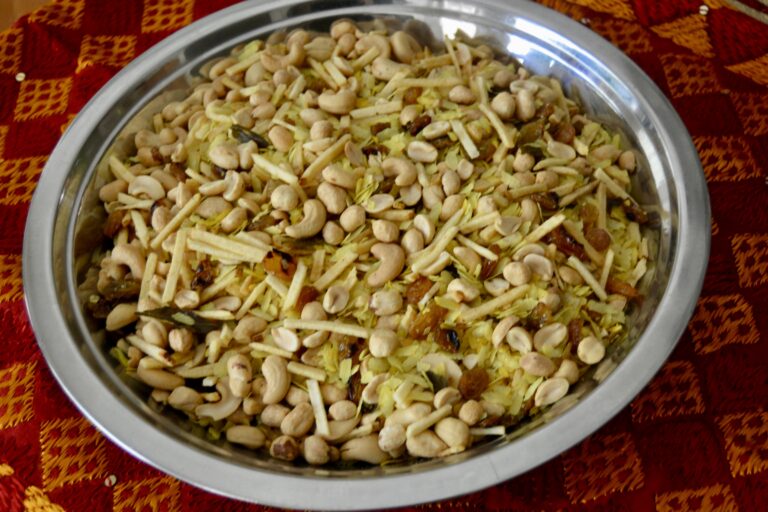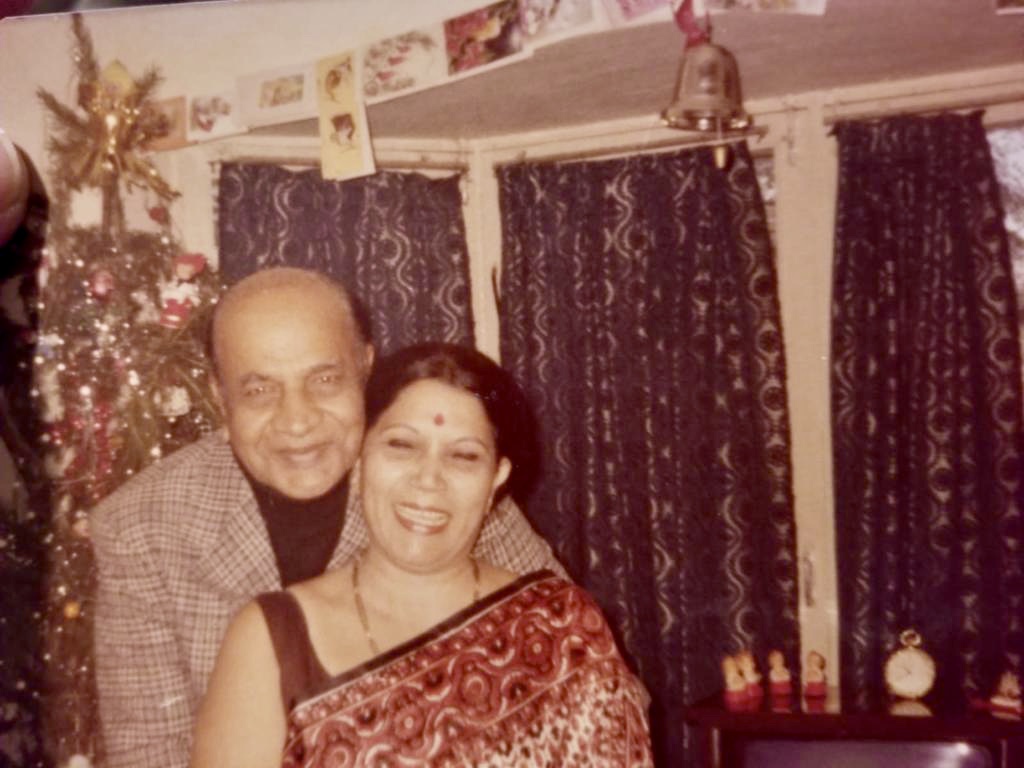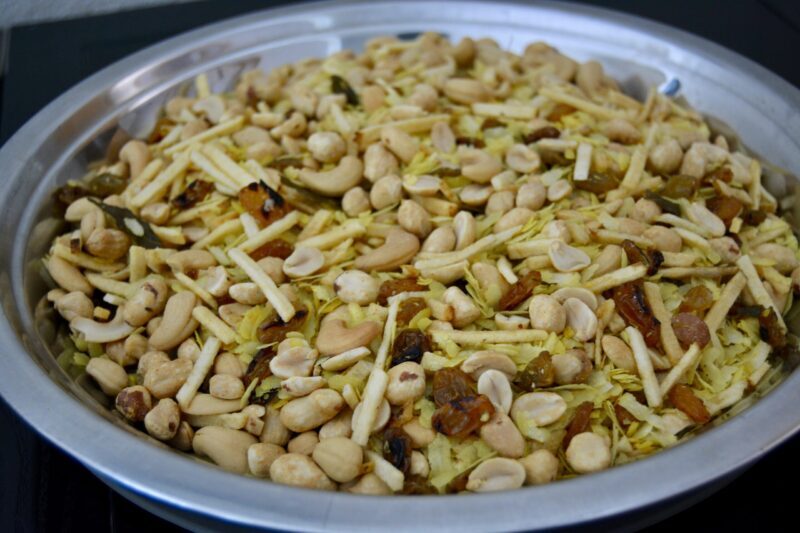It is 3.30 in the morning, and I quietly let myself out of the door so that I won’t wake the sleeping household. It is a freezing winter’s day in New Delhi, and I tug my long black uniform coat snugly around me. The airline transport that just drove up will transport several of us who live in the area to the airline bus depot. We will wait until the other vehicles arrive, and then we will be shuttled to the airport in time for the 5:00 a.m. shift.
We arrive at the bus depot with half an hour to spare. The dhabba that serves at the canteen for the folks who work there is open. Several of us make our way to it. A cup of hot chai is just what we need to warm and wake us up. The owner is ready for us. He has been down this route every morning with the different groups on the morning shift. “Chai?” he asks. We nod, breathing in the wonderful aroma.
 He pours out the hot tea simmering on the chula (mud stove) into the kulhars (handleless terra cotta cup). I watch, fascinated, as he froths the tea by pouring it from one kulhar to the other, keeping about 2 feet of distance between the two kulhars. Surprisingly, he doesn’t lose a drop. He hands me a kulhar. My frozen fingers around the warm kulhar with the steaming hot tea soon warms me up. I am now awake and ready to welcome the incoming passengers and aircraft.
He pours out the hot tea simmering on the chula (mud stove) into the kulhars (handleless terra cotta cup). I watch, fascinated, as he froths the tea by pouring it from one kulhar to the other, keeping about 2 feet of distance between the two kulhars. Surprisingly, he doesn’t lose a drop. He hands me a kulhar. My frozen fingers around the warm kulhar with the steaming hot tea soon warms me up. I am now awake and ready to welcome the incoming passengers and aircraft.
Real Chai has to be aromatic, sweet, and milky, but you can adjust it according to your taste.

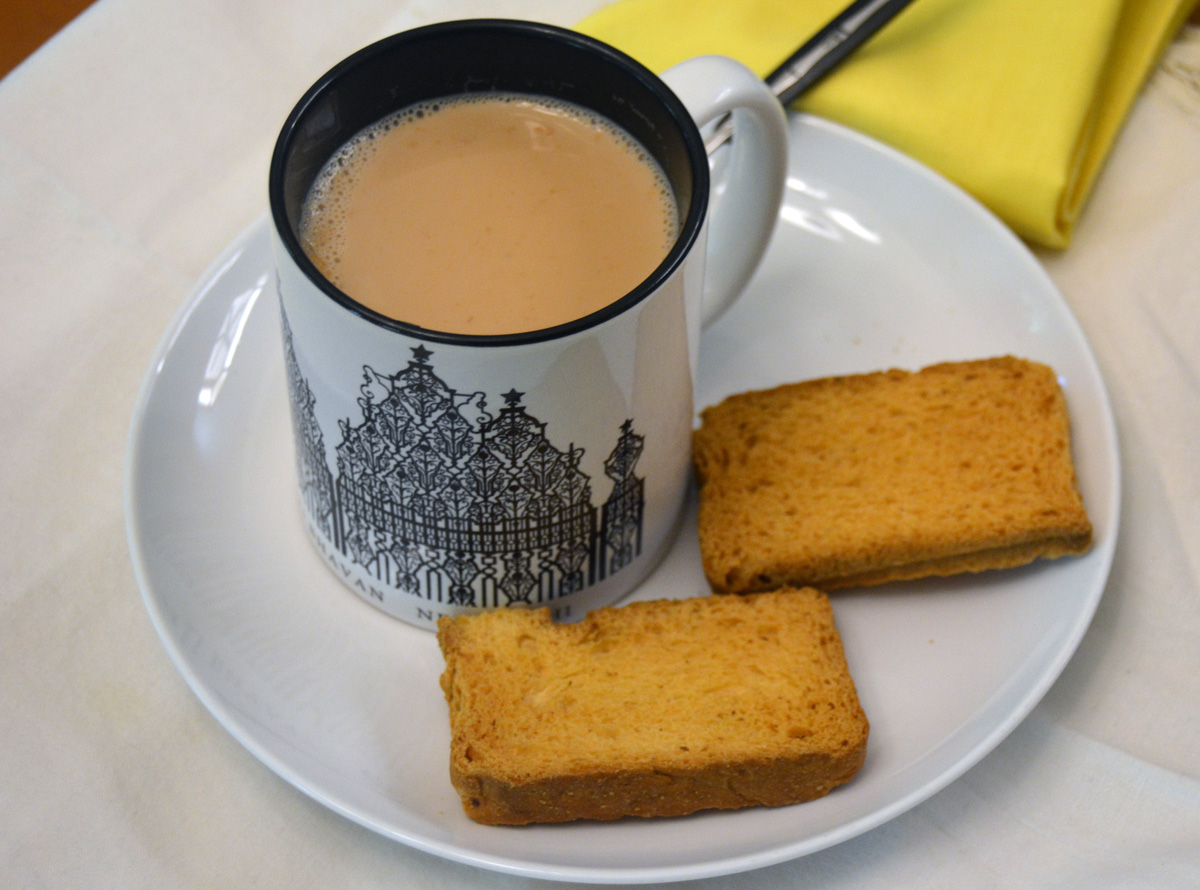
Chai: Indian Aromatic Tea
Ingredients
- 2 cups whole milk (you can also use low fat if you are watching calories, or a vegan milk substitute)
- 1 cup water
- 2 tsp sugar (white or brown, according to your taste)
- 2 teabags black tea (or 2 teaspoons of loose black tealeaves)
- 2 green cardamom
- 1/4 tsp cinnamon powder
- 1/4 tsp clove powder
Instructions
- Crush the cardamom with a rolling pin. The top shell should come off easily. Bow crush the seeds as best you can. It does not have to be absolutely smooth.
- Put all ingredients in a small pot and bring to boil. Lower heat and simmer for 3-4 minutes while you do a taste test. Add more spice accordingly.
- Pour into cups and sprinkle a bit of cinnamon or grate a little nutmeg on top.
- Enjoy!
Notes
Indian Airlines Photo by Sean D’Silva
Kulhar Photo by Inspo on Unsplash

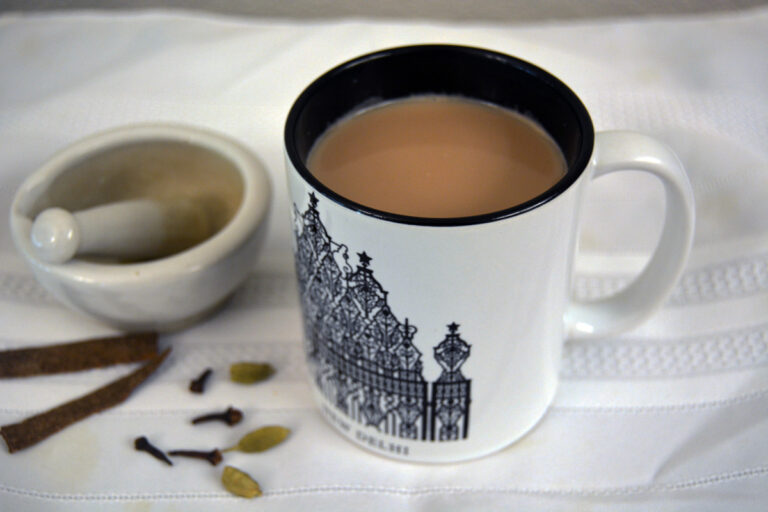

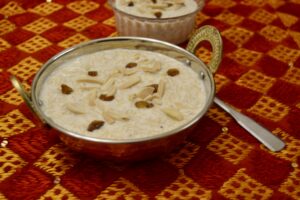 My neighbor has sent over some Seviyan Kheer she has fixed for Eid-al-Fitr, one of the biggest Muslim festivals. It marks the end of the holy month of Ramadan, a time of fasting and prayer. Celebrating religious festivals was special in India due to the diversity of faiths. It was common for neighbors to share the sweets prepared to celebrate their festivals, irrespective of religion. This was especially so in smaller towns than big cities.
My neighbor has sent over some Seviyan Kheer she has fixed for Eid-al-Fitr, one of the biggest Muslim festivals. It marks the end of the holy month of Ramadan, a time of fasting and prayer. Celebrating religious festivals was special in India due to the diversity of faiths. It was common for neighbors to share the sweets prepared to celebrate their festivals, irrespective of religion. This was especially so in smaller towns than big cities.
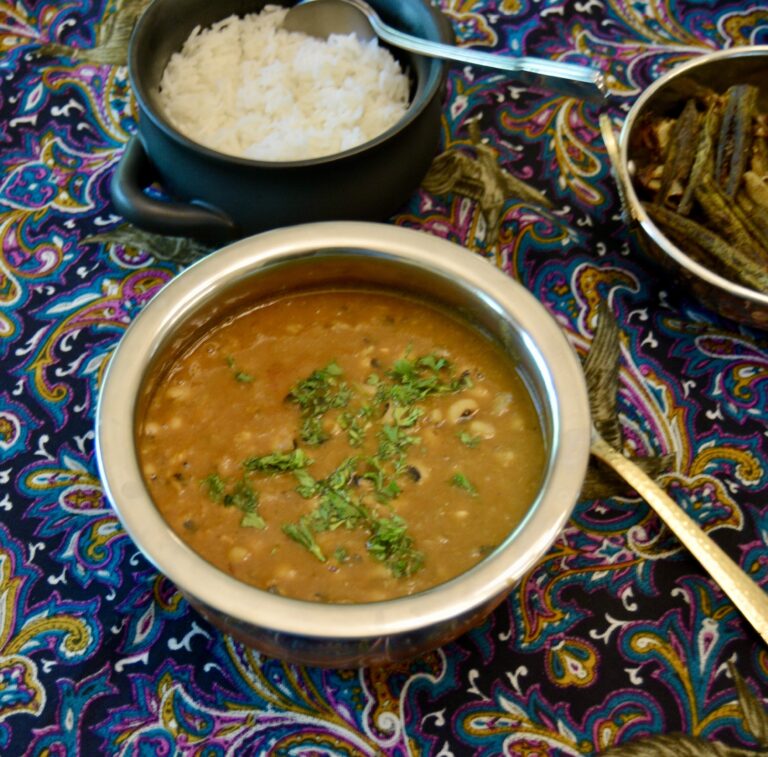
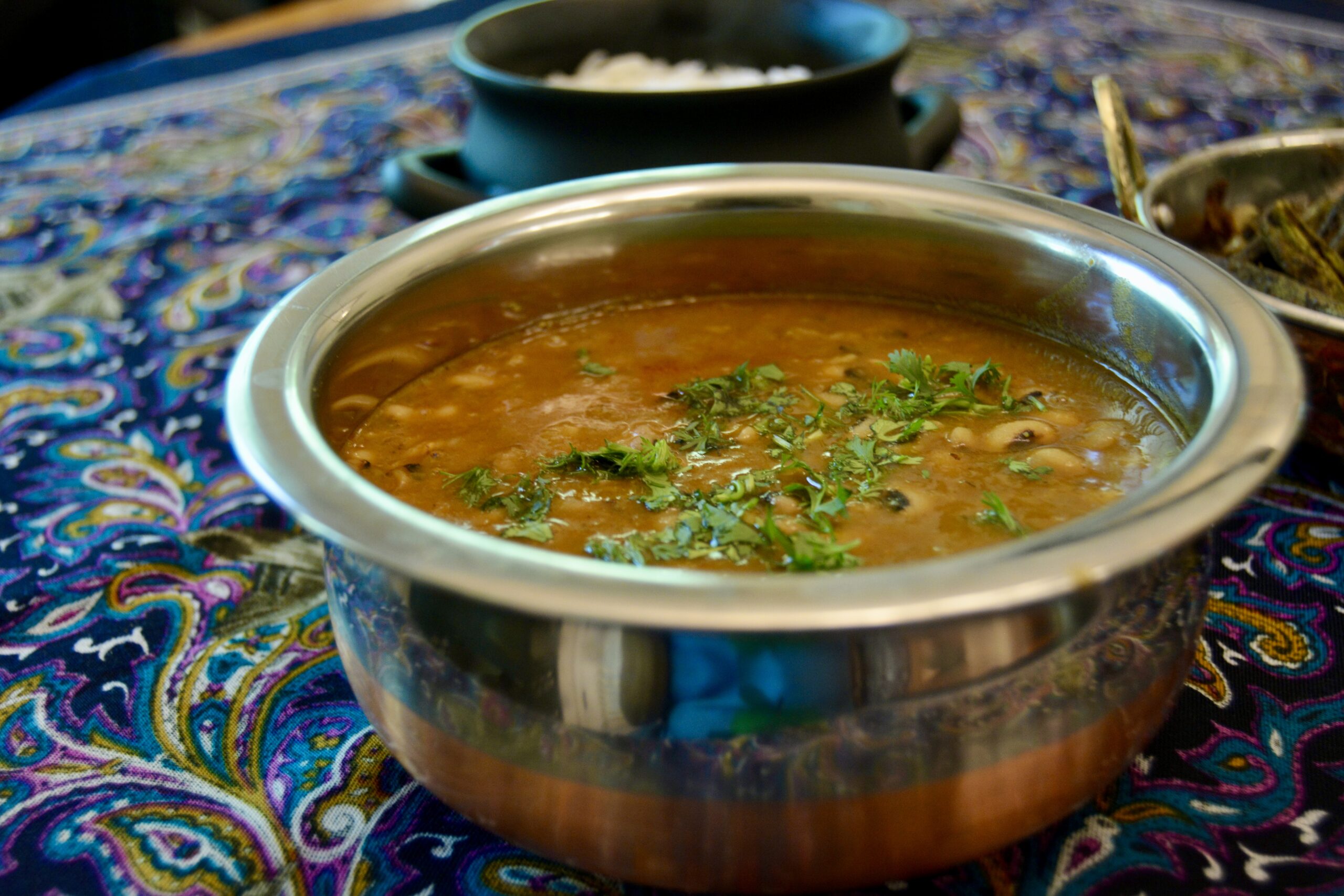
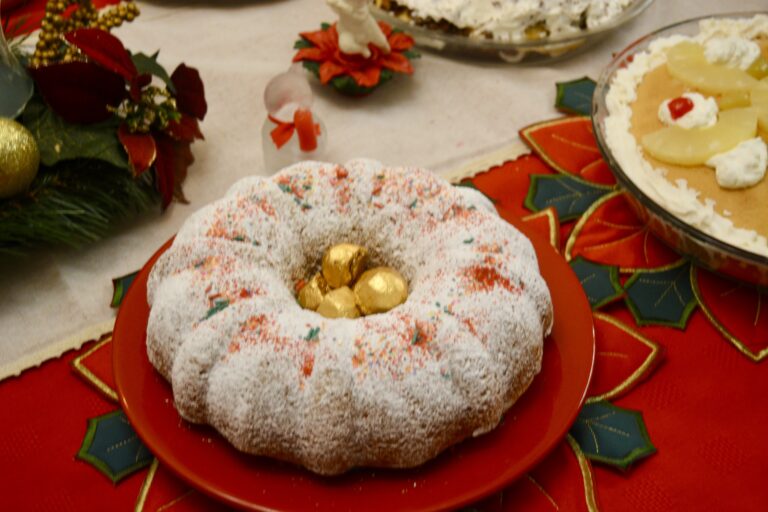
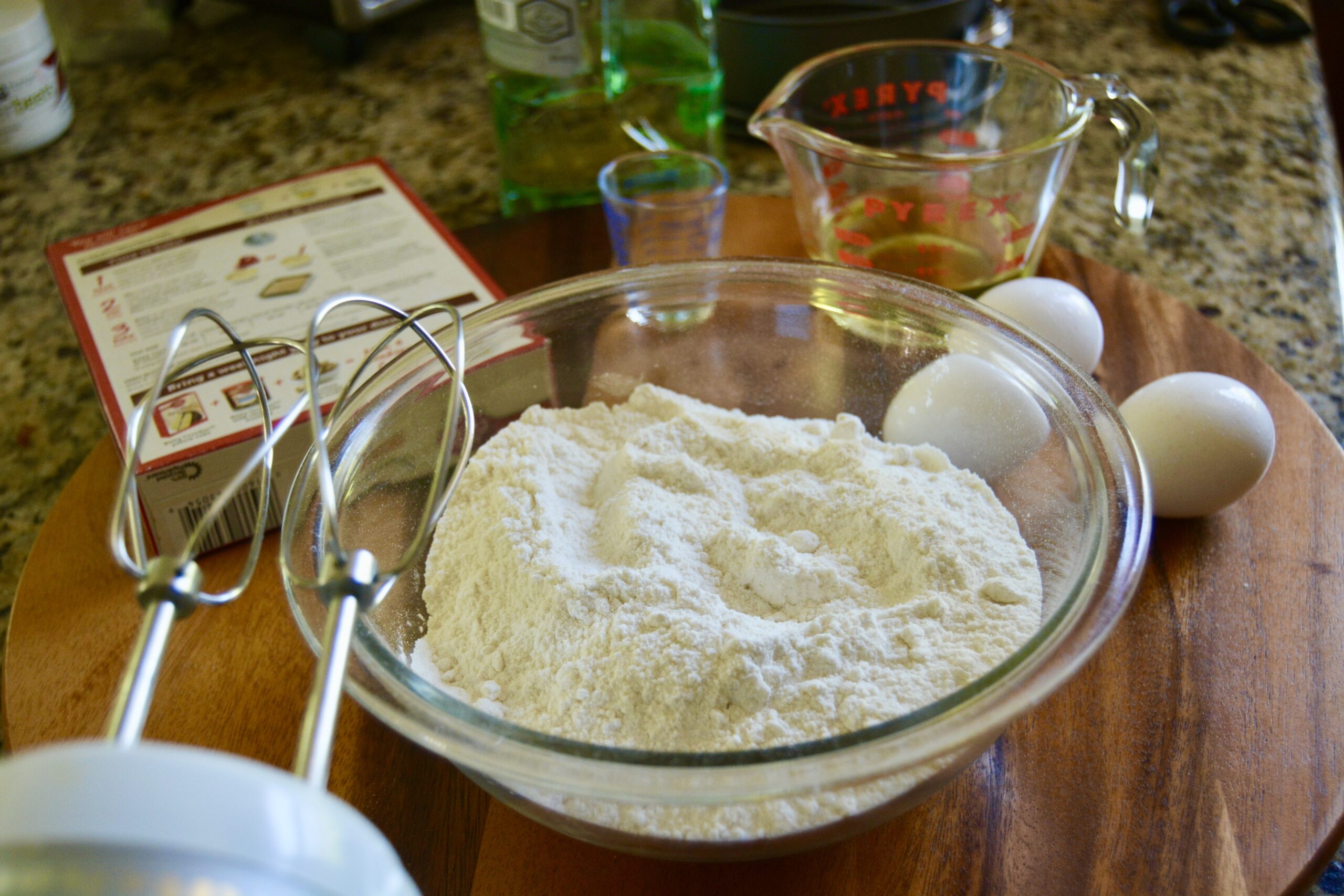


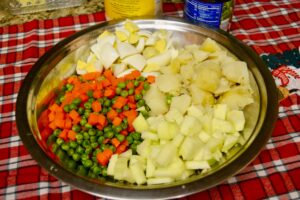 The eggs and potatoes should be boiled separately.
The eggs and potatoes should be boiled separately.